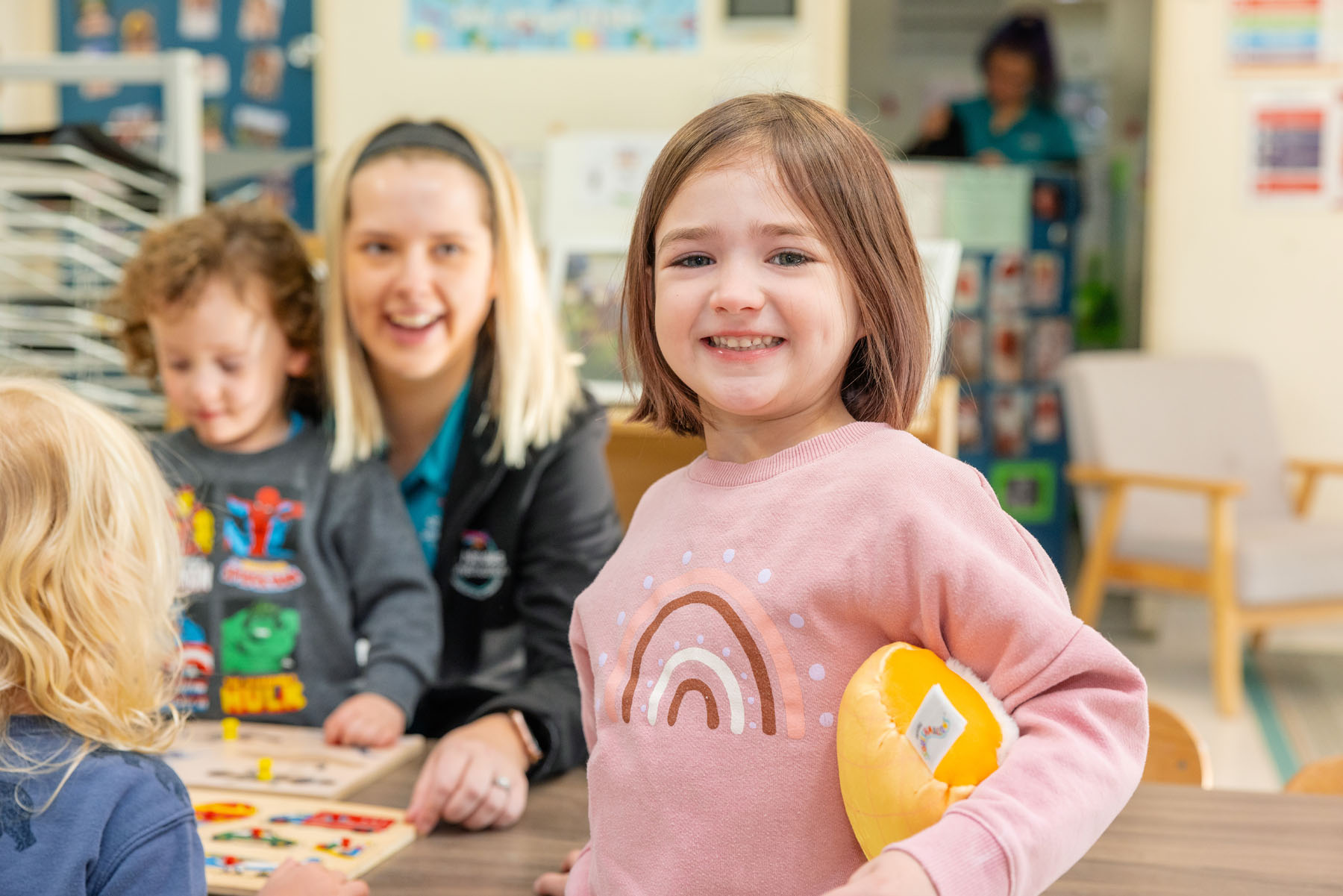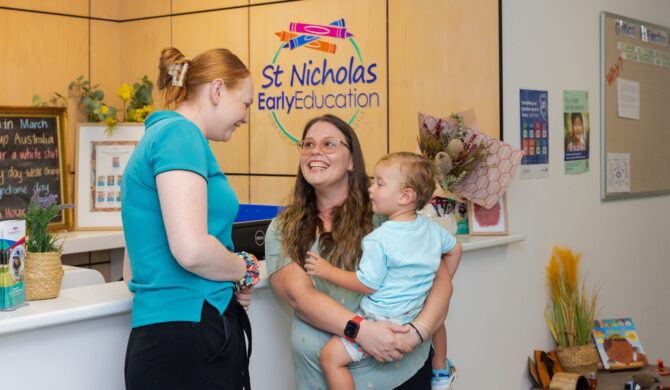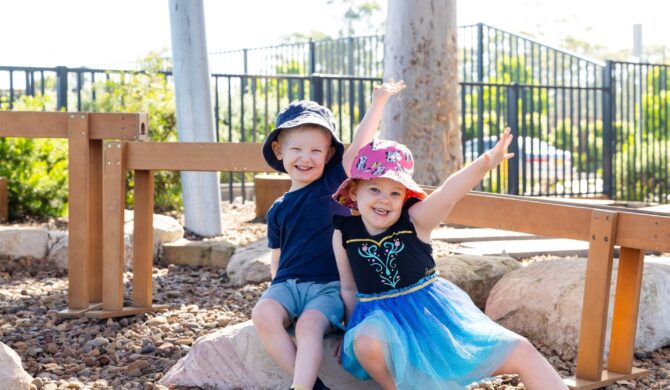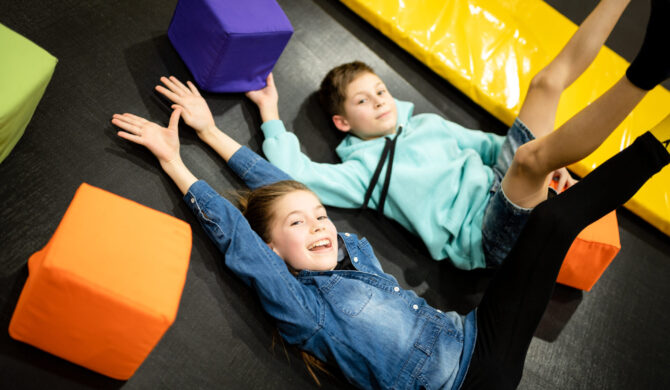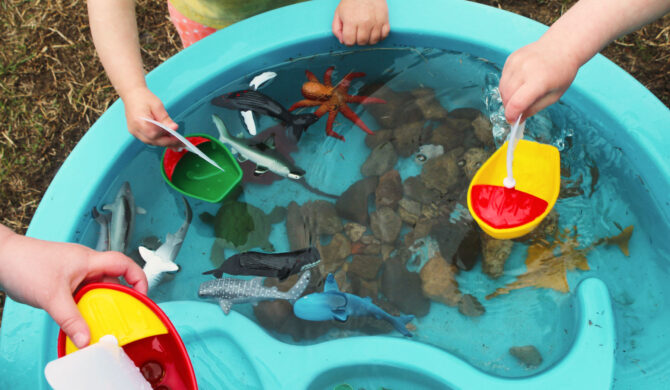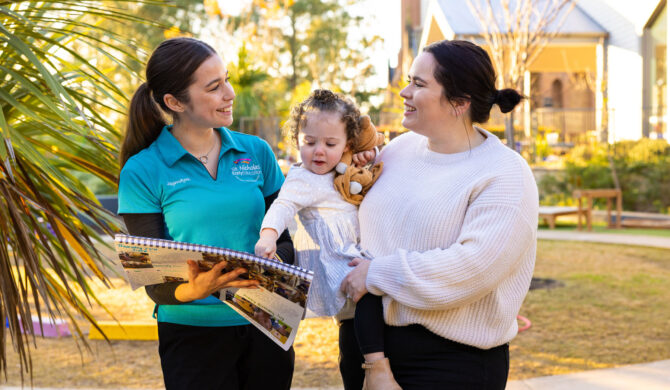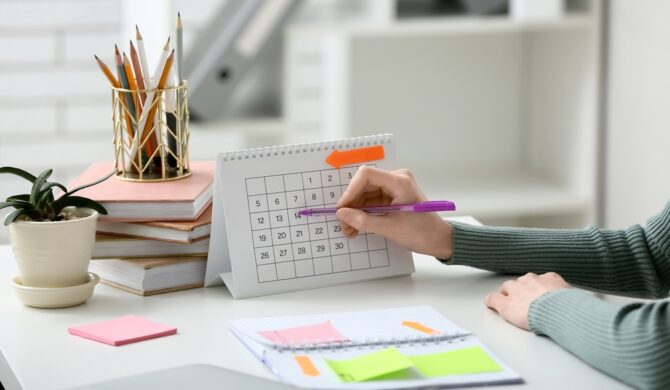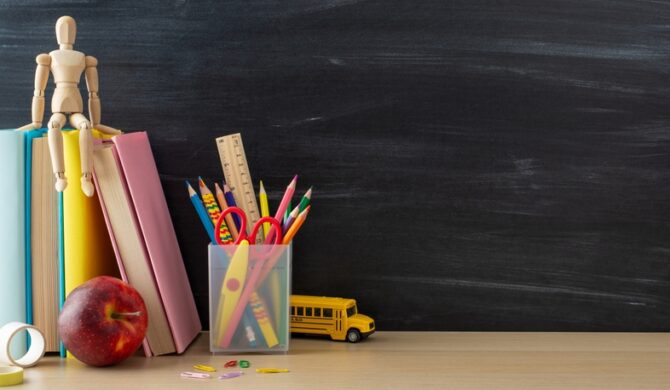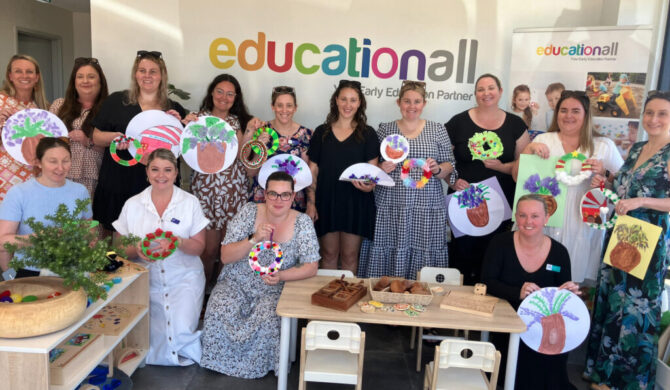Becoming accustomed to the new environments, new educators and new routines can be a source of stress for young children (and families)! Intentionally planning for transitions will enable children to feel settled, safe and secure and contribute to a sense of belonging.
Supporting children and families with transitions, particularly during the morning drop-off period will enable a smoother morning for everyone. Developing strong relationships with the children and families in your room is essential for a positive morning transition time.
At times, the drop-off period can be a particularly difficult time for children (and families) as they separate from each other to begin their day at St Nicholas. Developing rituals give children a sense of predictability and reassurance, by having recurring experiences to support a change in their caregiver, environment and routine.
Some rituals will connect with some children, and others will respond differently to others, so having a selection of ideas that then become a consistent approach either as a group or for an individual (or both!), will contribute to a more positive and supported transition. Some ideas include:
- Children signing in as they arrive which could include having their name in a basket to collect, or a print out of their name where they put a mark next to it, or write their name, depending on their stage of development.
- Welcome stones where an individual flat stone is painted by the child and housed in a basket and they retrieve their stone as they arrive and place it in a basket
- A specific welcome song or book that the child chooses and engages in as they arrive
- A series of movement patterns created with children to signal their transition, for example, a fist bump to their caregiver, repeated to their educator, a wave at the window, then reading a book together.
Transitions occur multiple times a day as children transition between indoors and out, for meal times, rest times and nappy changes. Some are more significant than others, however all transitions are important as they contribute to the flow, feeling and wellbeing of children, educators and at times, families. Positive transition times enable children to anticipate change, be active participants, and are an opportunity for teaching and learning.
Reflective questions
- How many transitions are children experiencing throughout the day? Can these be minimalised?
- What teaching and learning occurs during transition times? Are children provided with choice during transition times?
- What transitions do you identify as needing to change to enable greater flow?
Additional resources
Please read the following links, which have some further support for children with their transitions.
Supporting children’s transitions | ACECQA
The role of routine, ritual and belonging in creating a sense of place (thesector.com.au)
Author – Nicole Baker, Executive Manager – Quality Assurance

